Etretat, France
The small French town of Étretat is known for its history and landscapes. That’s the place where nature has created works of art that inspire writers and artists and attract many tourists here.
France is a picturesque and charming country. Its landscapes are diverse and romantic. Today we will take a walk through the town of Étretat, lying on the coast of Normandy, among the rocks and hills.
Its history dates back to the days of the Vikings: after their invasion, a fishing village was founded here. By the 19th century, Étretat had completely transformed: beauty and healing air turned this place into a fashionable seaside resort. It is only 200 km from Paris to here, while the major Normandy towns are even closer. Eventually, traditional fishing gave way to tourism. It is not swimming that people come to Étretat for: cosy sandy beaches can be found in many places nearby, but here the coast is covered with pebbles. The main attraction of the town is its chalk cliffs rising at up to 90 meters.

The beach is separated from the village by a long promenade called "le Perrey": the word in the local dialect means "stone". Previously, boats used to run aground in this place, and today the stone sea wall serves as protection from severe storms and large tides. In turn, pebbles resist erosion, so it is strictly forbidden to take them away as souvenirs.
The beach is framed by famous cliffs: Falaise d'Aval on the left (its name translates as “Downstream Cliff”), and Falaise d'Amont (“Upstream Cliff”) on the right: heading upstream through the English Channel, you can go out to the waters of the North Sea. Natural forces, as a genuine artist, worked on this relief and created fabulous arches in the rocks, and they have the same names.

We now admire a bird's eye view of this landscape, but when you are on the ground, you can climb the Falaise d'Aval cliff by a 180-step stair. Below on the shore, there is evidence of the Second World War - the ruins of a German fortification. In the 1940s, the German army erected the "Atlantic Wall": a defensive line over 5,000 km long along the entire European coast, and one of its sections was in Étretat. As we know from history, this did not help the Wehrmacht: on June 6, 1944, the legendary landing of the armies of the USA, Canada, Great Britain and allies took place in Normandy. The easternmost point of this operation is located just 60 kilometres as the crow flies from Étretat.

In the same part of the sea, there is a sharp cliff about 50 meters high. This natural monument is reflected in art. The famous French writer Maurice LeBlanc was so inspired by the unusual rock formation that he spoke about it in the novel Hollow Needle. In the story, the needle-rock had voids inside, in which the royal treasures could be located. Locals and tourists enjoyed this idea, and the rock is now called the Hollow Needle.
Étretat's third arch, Manneporte ("Great Gate"), is located a little to the side of the city and seemingly is not so popular, but this rock was the one to be captured in 1886 by the great impressionist Claude Monet. Behind this arch you can see Cape La Courtine: there is no arch in it, but it is covered with cracks, and at the base, there is a cave that you can walk through.
The cliff Falaise d'Amont that frames the beach on the right can also be climbed by stairs. Here is the Notre-Dame de la Garde Chapel, and the L'Oiseau Blanc (White Bird) monument dedicated to two French aviators. They tried to make the first non-stop flight from Paris to New York, but after taking off on May 8, 1927, the plane disappeared somewhere over the Atlantic. Both the chapel and the monument were destroyed during the Second World War, but afterwards they were restored, and the monument has even turned into a large museum complex.

The town of Étretat is a good finding for lovers of traditional European architecture: many interesting houses with a frame structure ("timber framing") have survived here. And in the town, in the Falaise d'Aval area, there is a golf club which is valued for its location on the cliffs overlooking the sea. Its playfield was designed in 1908 by Arnaud Massy, an outstanding player who made golf history as the first non-British player to win the Open.

We hope you enjoyed the virtual walk over this vibrant and picturesque city!
Photos by Stas Sedov and Dmitry Moiseenko
30 April 2021
Read more
Photogallery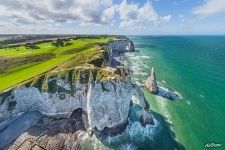 White cliffs, Etretat, France
White cliffs, Etretat, France
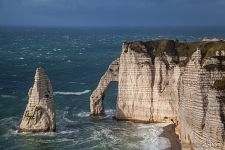 Cliffs of Etretat
Cliffs of Etretat
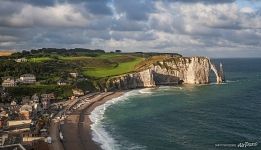 Etretat Seashore
Etretat Seashore
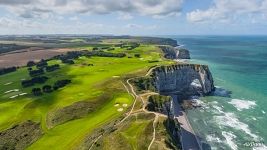 Etretat Seashore
Etretat Seashore
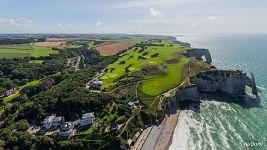 Etretat Seashore 2
Etretat Seashore 2
 Double Rainbow
Double Rainbow
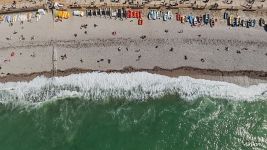 Etretat beach
Etretat beach
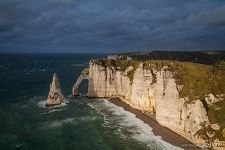 Etretat from above
Etretat from above
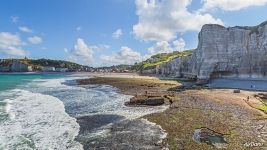 Low tide
Low tide
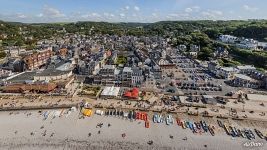 Over Etretat Town
Over Etretat Town
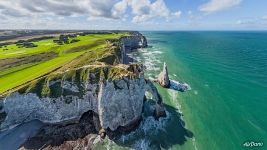 White cliffs 2, Etretat, France
White cliffs 2, Etretat, France
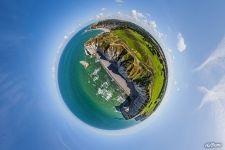 Planet Etretat 2
Planet Etretat 2

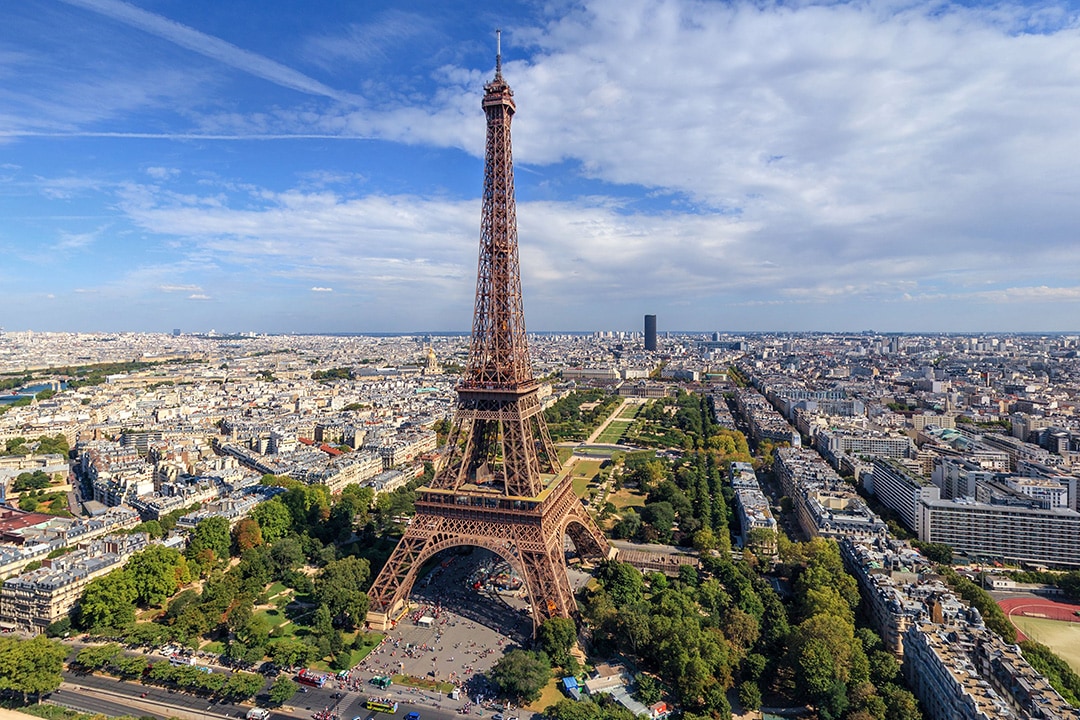



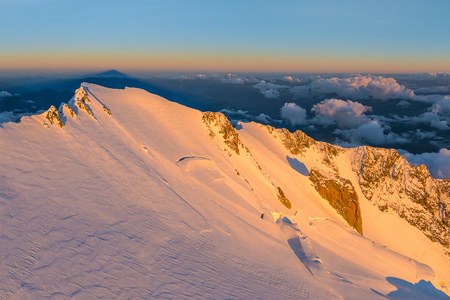



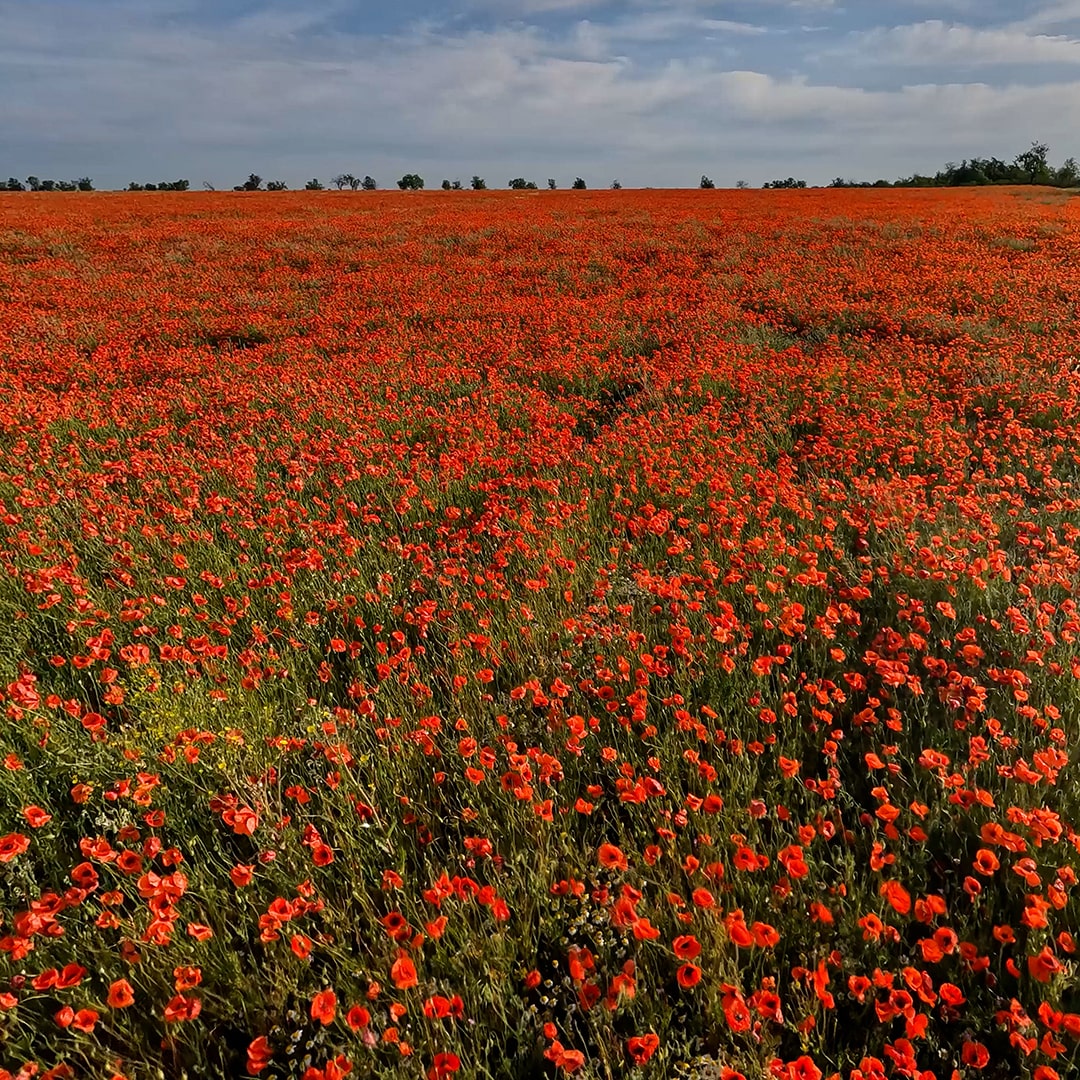

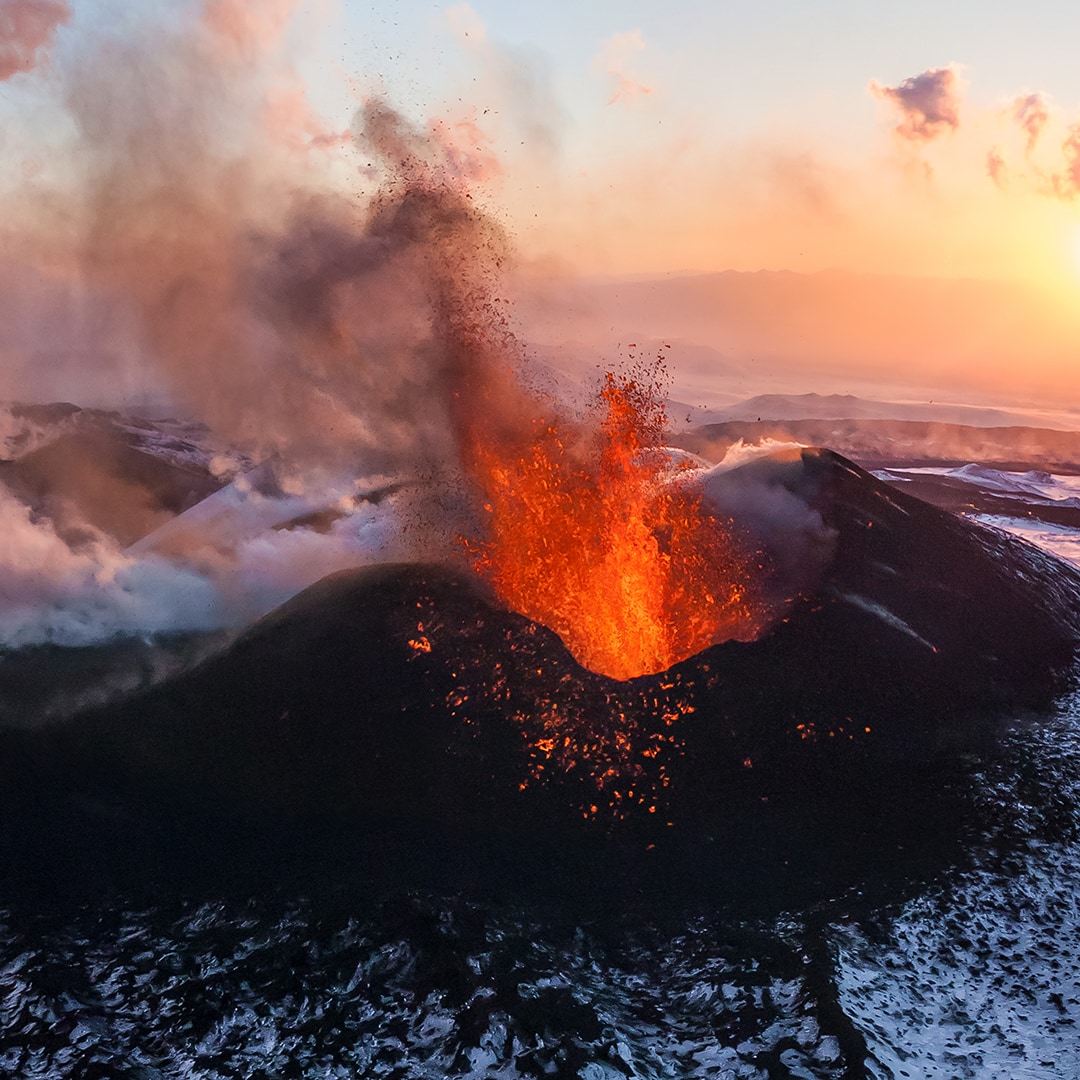
Virtual Travels in 360°
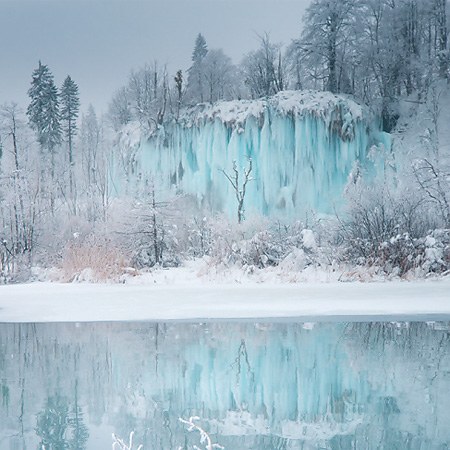 Plitvice Lakes National Park in Winter, Croatia
Plitvice Lakes National Park in Winter, Croatia
 The best aerial panoramas by AirPano
The best aerial panoramas by AirPano
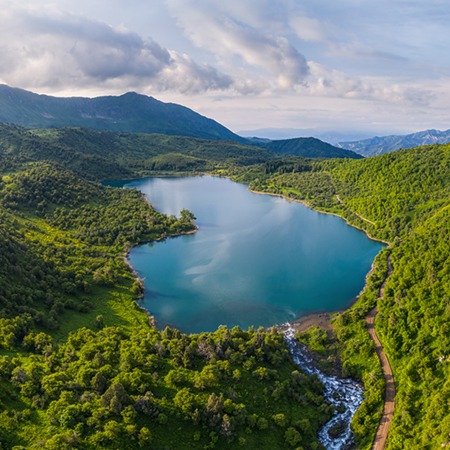 Kyrgyzstan
Kyrgyzstan
 Victory Day celebrations in Moscow 2016
Victory Day celebrations in Moscow 2016
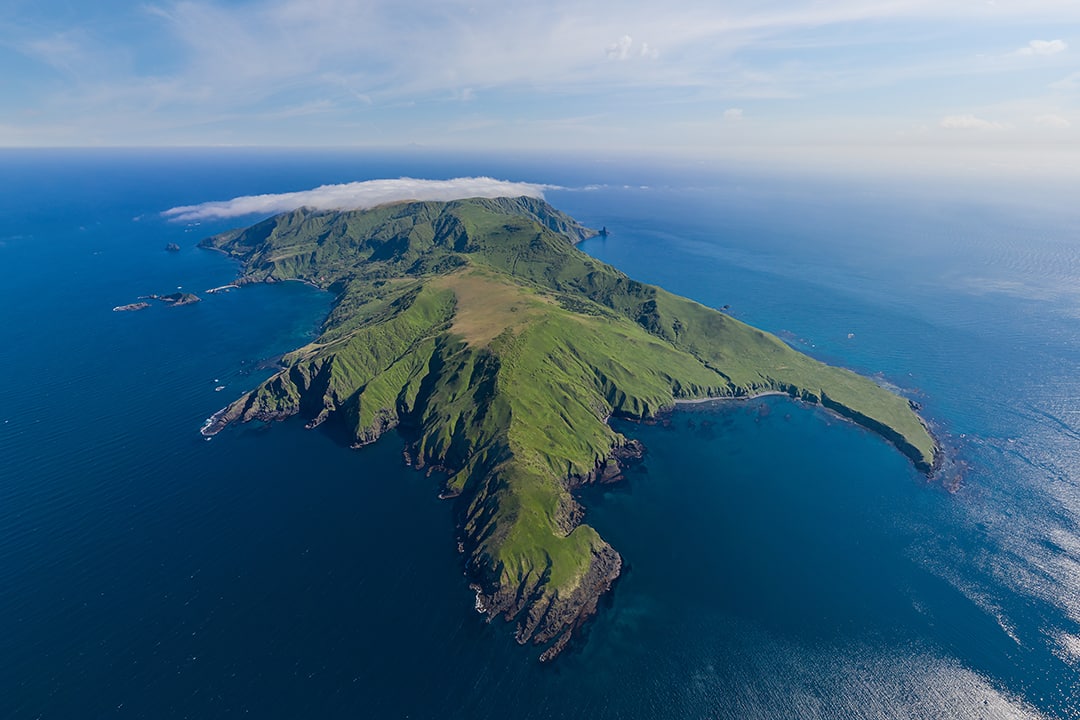 National park Moneron Island, Sakhalin region
National park Moneron Island, Sakhalin region
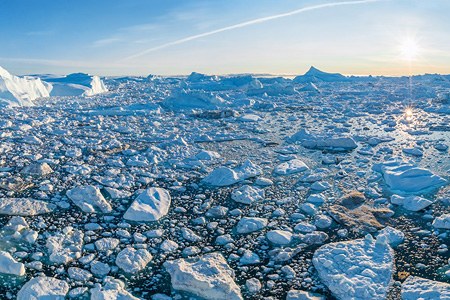 Icebergs of Greenland. Part I
Icebergs of Greenland. Part I
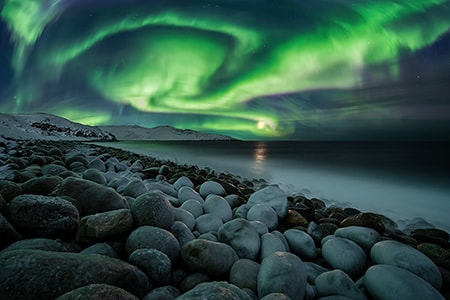 Northern lights, Teriberka, Kola Peninsula
Northern lights, Teriberka, Kola Peninsula
 Wedding atop a volcano. Kamchatka, Russia
Wedding atop a volcano. Kamchatka, Russia
Show more


